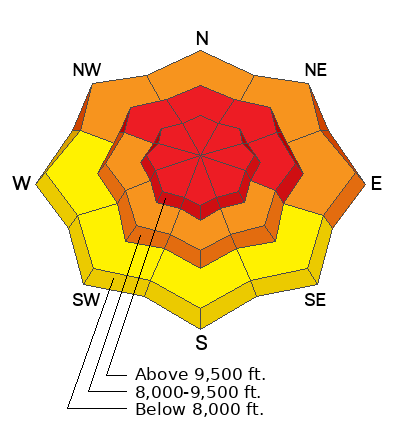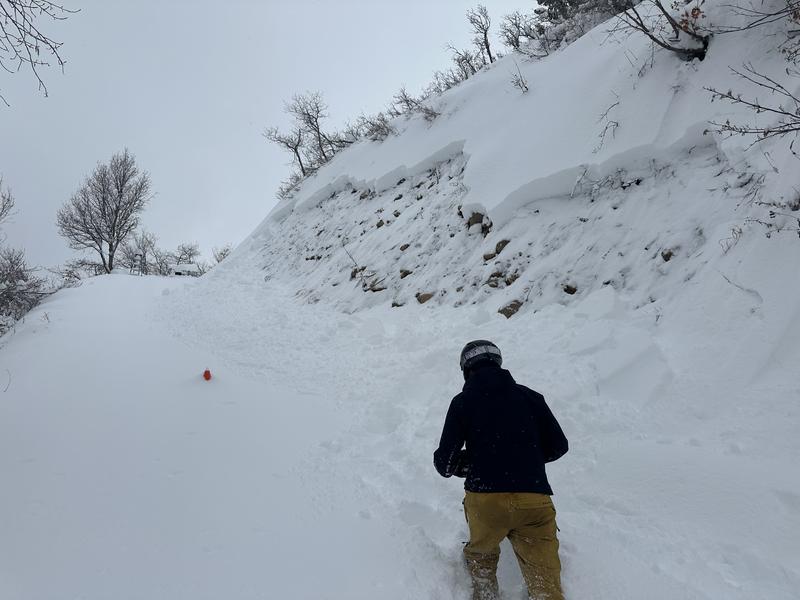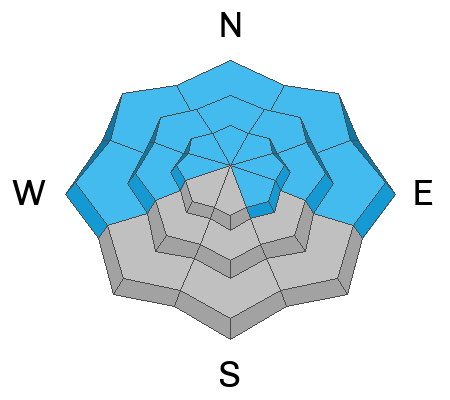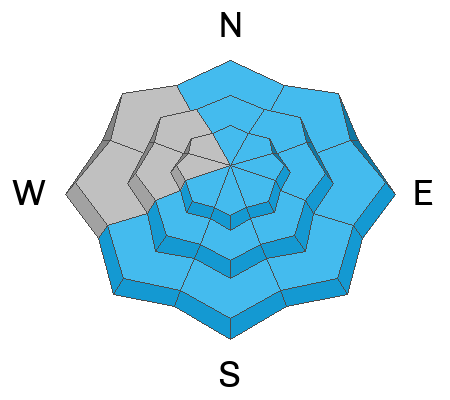Forecast for the Provo Area Mountains

Issued by Trent Meisenheimer on
Monday morning, December 4, 2023
Monday morning, December 4, 2023
The avalanche danger is HIGH on steep slopes across the mid and upper elevations. The danger is CONSIDERABLE on many steep slopes. Today's travel advice is straightforward: TRAVELING IN AVALANCHE TERRAIN IS NOT RECOMMENDED. This includes being below avalanche terrain.
TODAY AND TOMORROW HAS AVALANCHE ACCIDENT/FATALITY WRITTEN ALL OVER IT. PLEASE AVOID AVALANCHE TERRAIN!

Low
Moderate
Considerable
High
Extreme
Learn how to read the forecast here










